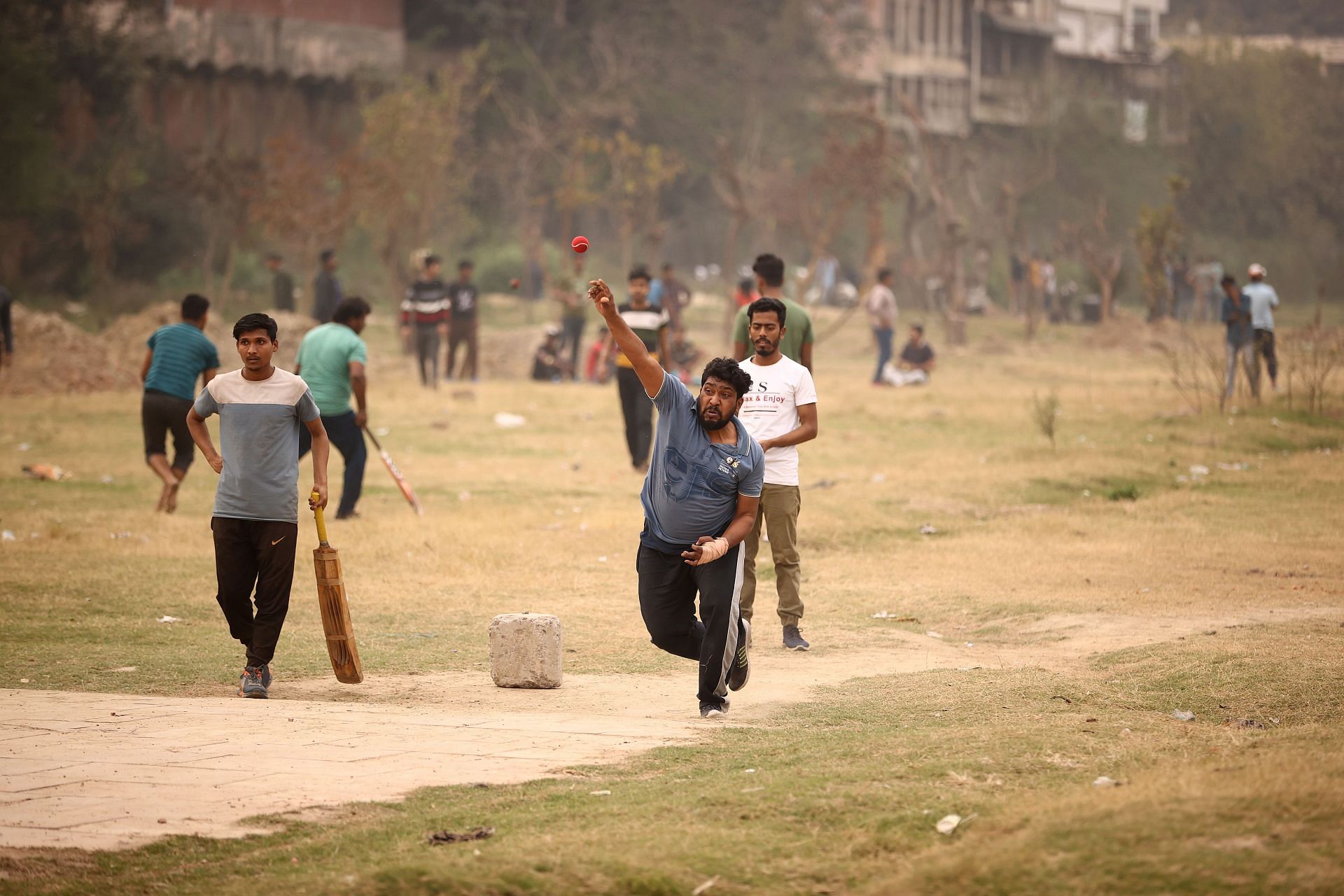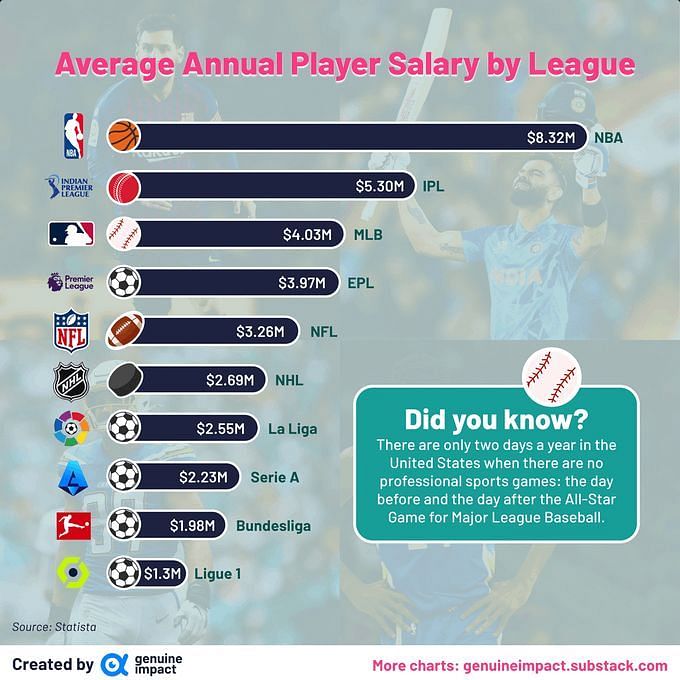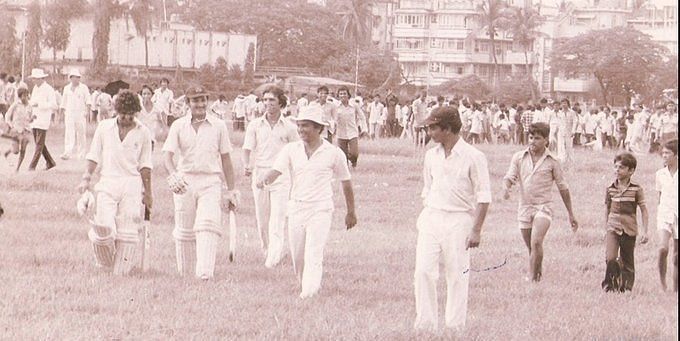
Sleeping giant - The unorganized section of Indian cricket
The popularity of cricket in India requires no introduction, and it would rather be an impossible task to find a person who hasn’t touched a bat or a ball in his life. With this famous sport having unbelievable numbers associated with it at a professional level, amateur leagues with their unorganized setups provide their own uniqueness.
This underdog section of Indian cricket has always been very unique. Any player who wants to go professional must play at an unorganized level for a reasonable amount of time.
What is the future of amateur cricket?
Given the massive amount of monetary resources that Indian cricket boasts, it looks like it's only a matter of time before the unorganized section starts capitalizing on itself.
Sportskeeda got an opportunity to ask a couple of questions in an online text to Mr. Yash Bhagwatkar, the COO and Co-Founder of SportVot, about the future of amateur cricket in broadcasting on February 10, 2023:
"In the next five years, I do believe the amateur market will become much bigger. With digital content's consumption on the rise, we will see all the games at the amateur games being broadcast and enough value, sponsorships, and community support being generated via amateur cricket events."
He further added:
"The number of competitions is increasing every year. And with everyone getting accustomed to the league format because of IPL, it's not far where every state, district, and even housing colonies will have its leagues with great competitions happening regularly and rising commercial growth being created around the sport."
When we talk about cricket leagues in India, we have to start by talking about the Indian Premier League (IPL) and then go down. One of the largest T20 types in the world, it is regarded as the sport's most lucrative competition. According to The Cricket Nerds, its brand value was estimated at a whopping Rs 35950.53 crore in 2022.
However, smaller tournaments in India may not make as much money, and the financial details of these setups are not made public. Nevertheless, it's safe to infer that their earnings would be on a much smaller scale than the IPL's.
But is it fair to contrast the IPL with an unorganized area of Indian cricket? Even though the lower levels have somehow implemented the structure and player auctions, semi-professional setups serve very different purposes. When starting a league, a tournament's organizers may have a variety of goals in mind, including financial, social, or political.
It's also important to keep in mind that some leagues in India are run by organizations that prioritize the growth and development of the sport over making money. They may receive funds from public agencies or private groups, which can assist in defraying expenses and guaranteeing longevity.
Popular amateur cricket leagues in India
At the local, district, and state levels in India, there are numerous unorganized tournaments that are run. These competitions lack the same degree of infrastructure, resources, and support as the established leagues and are not recognized by the Board of Control for Cricket in India (BCCI).
Nevertheless, they give prospective players a stage on which to display their talent, and occasionally, athletes from these leagues go on to play for the state or national team.

Some examples of unorganized cricket in India include local T20 tournaments, district-level, and state-level matches that are not part of the BCCI's structure. These setups often have limited resources and facilities, but they provide a crucial stepping stone for young cricketers to develop their skills and reach the next level.
One of India's biggest amateur tournaments, the Mumbai Premier League (MPL), features teams from various communities competing against one another. Mumbai's Kanga League is a well-known competition with a lengthy history and a sizable fanbase.
Delhi Cricket League's (DCL) matches serve as a venue for the state's cricket players to display their abilities and engage in friendly competition.
In the Bangalore Premier League (BPL), regional players get the chance to play competitive cricket and hone their talents.
Another well-liked competition in India is the Pune Premier League (PPL), which gives local players a chance to compete and show off their prowess.
Revenue sources of amateur cricket competitions
Indian championships receive funding from a variety of sources. Sponsorships from regional businesses and international corporations can be a significant source. These may take the shape of advertising, donations of goods, services, or direct cash support.
Ticket sales are a classic way to make money as well. This covers both the sale of single-game tickets and season passes for fans who plan to watch every game.
Tournaments can also add to funds by selling branded items like jerseys, hats, and other accessories that bear the league's logo and team names.
Some competitions may also have a compensation plan for their athletes. It can be a substantial financial burden, but it can also be a source of income. This is because the athletes can draw attention and make money through sponsorships and other commercial opportunities.
Broadcasting rights for games can also be a major source of revenue. They can be sold to television networks or streaming platforms, which then broadcast the matches to a wide audience.
It's crucial to remember that the income produced can vary significantly based on the league's size and popularity, as well as the country's general economic situation.
It is worth mentioning that the broadcasting revenue was increased recently, though it is still meager and unorganized. Streaming platforms like SportVot and Fancode have done a good job in that area.
In the online chat, Mr. Yash Bhagwatkar commented on his experience with broadcasting the amateur cricket league:
"The broadcasting has been good so far, we have seen good competitions happening and a great pool of talent being represented and discovered at the grassroots levels."
He further added:
"However compared to other sports, it is a bit difficult to cover cricket from a broadcast perspective, especially at the school and college level as the grounds across the city are limited, and infrastructure is poor."
He then wrote about the challenges Sportvot faces while broadcasting unorganized cricket in India:
"We see a lot of matches happen simultaneously (sometimes even 5-6 matches on the same ground).While broadcasting, we do enjoy watching great quality cricket being played at the amateur level."
He further talked about how there has been an increase in goodwill:
"We do get a lot of praise from athletes' parents, friends, and in general from the amateur sporting community as they now can watch their son, daughter, friend, cousin, student, etc play on camera and cheer for them."
Conclusion
To conclude, with such a huge following of cricket in India, there is a whole area in the sport that is largely uncapitalized when it comes to playing locally. A proper infrastructure and an organized and sustainable system are required to bridge the enormous gap between professional and semi-professional levels of play.
There also seems to be a need for restructuring when it comes to organizing grassroots-level championships. Nepostism, age fraud, match-fixing, and corruption have played a huge influence in these leagues in the past.


